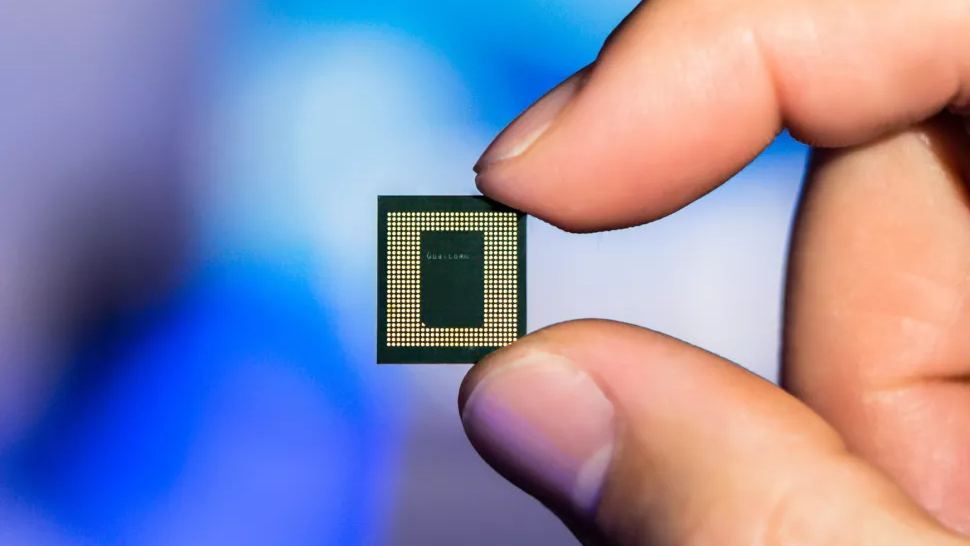US chip makers tell Congress that taxpayers' $52 billion subsidy isn't enough
Up to an additional $30 billion is needed to compete with other countries, according to the Semiconductor Industry Association.

What you need to know
- The Semiconductor Industry Association argued that the United States needs to invest an additional $20-30 billion in the semiconductor industry by 2030.
- That figure would be on top of the $52 billion that's allocated by the CHIPS Act, which was recently enacted.
- The CHIPS Act focused largely on semiconductor manufacturing, while the funding discussed by the SIA would be for semiconductor design and R&D.
A US chip group is calling on the U.S. government to invest up to an additional $30 billion in the semiconductor industry. The Semiconductor Industry Association (SIA) and the Boston Consulting Group shared a report last week that focused on how the U.S. could maintain leadership within the industry (via The Register). It found that an investment of between $20-$30 billion in semiconductor design and R&D would be needed by 2030. The consortium oversees the technology that is baked into every Windows PC, every smartphone, and practically every device with a circuit in it as of 2022, with legislation revolving around detangling Western businesses from China-oriented supply chains.
That spending would be on top of the $52 billion the U.S. has already agreed to invest in the semiconductor industry with the enactment of the CHIPS Act. That legislation, which passed in August 2022, focused on semiconducting manufacturing rather than design and R&D.
The U.S. market share of the semiconductor industry dropped from 50% in 2015 to 46% in 2020, as highlighted by the SIA's summary of the report. That's a sizeable percentage considering the number of chips shipped each year. The association warned that the market share of the United States could drop even more if further action is not taken.
The report highlighted three areas that it identified as critical challenges to the United States remaining a leader in the chip space: Design, and R&D investment being on the rise, a shortage of domestic design talent, and open access to global markets being under pressure.
“Building on the momentum from the recent enactment of the CHIPS and Science Act to strengthen domestic semiconductor manufacturing and research, leaders in Washington should increase focus on maintaining and even extending our semiconductor design leadership that is so fundamental to our country’s future," said President and CEO of Silicon Labs and 2023 SIA Chair Matt Johnson.
The SIA is the "voice of the U.S. semiconductor industry," according to the association's website. The organization works with Congress, the White House, and industry stakeholders to improve semiconductor manufacturing, design, and research.
AMD, Broadcom, IBM, Intel, NVIDIA, and Qualcomm are among SIA's charter members. Arm, Samsung, and TSMC are also members of the SIA.
Get the Windows Central Newsletter
All the latest news, reviews, and guides for Windows and Xbox diehards.

Sean Endicott is a tech journalist at Windows Central, specializing in Windows, Microsoft software, AI, and PCs. He's covered major launches, from Windows 10 and 11 to the rise of AI tools like ChatGPT. Sean's journey began with the Lumia 740, leading to strong ties with app developers. Outside writing, he coaches American football, utilizing Microsoft services to manage his team. He studied broadcast journalism at Nottingham Trent University and is active on X @SeanEndicott_ and Threads @sean_endicott_.
